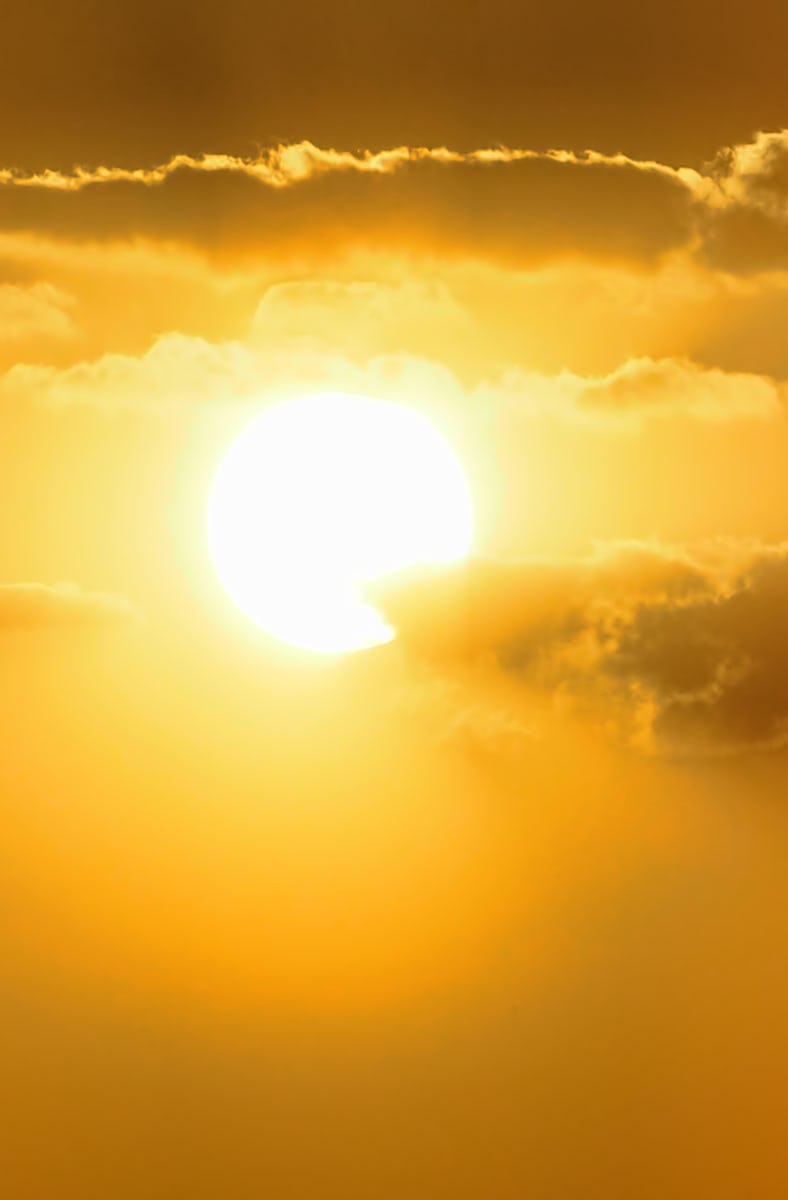Tiny But Mighty Eruptions on the Sun Could Explain a Big Space Mystery
Picoflares last just a minute or two, but collectively pack a punch.

A fountain of plasma lies at the center of the Solar System, but how it works is a mystery.
Somehow, the Sun releases charged particles into space. Called solar wind, it’s one of the most evasive topics in stellar and planetary astronomy.
The solar wind, traveling at roughly 1 million miles per hour, can ignite meandering auroras, change cloud cover on distant Neptune, and even curb some of the chaotic cosmic rays that would otherwise rain upon us from interstellar space. It’s constant and essential. But the solar wind’s origins are a mystery to astronomers. The latest investigation appears in a study published Thursday in the journal Science.
An ultraviolet view of the Sun. It comes from NASA’s Solar Dynamics Observatory, and was produced from 10 hours of observations on April 28, 2021.
A fleet of new spacecraft are trying to crack the case. NASA’s Parker Solar Probe, named after the scientist who first proposed the solar wind, sweeps past the Sun closer than any other spacecraft has ever gone. The space agency’s Solar Dynamics Observatory watches the star for eruptions and coronal holes, which are open areas in the Sun’s magnetic fields where solar wind emanates. In the new study, Lakshmi Pradeep Chitta, an astrophysicist at the Max Planck Institute for Solar System Research in Germany, led a team to peer at one of these solar cavities with the European Space Agency’s Solar Orbiter.
They discovered something interesting. A multitude of small jets, now called picoflares, may be critical to churning out the solar sea.
An illustration of ESA’s Solar Orbiter.
What are picoflares?
According to a study description, picoflares are roughly a hundred kilometers across, last only 20 to 100 seconds, and reach speeds of about 100 kilometers per second.
Picoflares belong to a growing branch of solar science investigating minor features on the Sun. In 1988, Parker proposed that events called “nanoflares” could be the source of the solar wind. In January 2023, Parker Solar Probe found evidence of jetlets, small-scale jets at the base of the corona, the star’s outermost layer.
The last 10 to 15 years have seen the advent of sensitive ultraviolet instruments. Ignacio Ugarte-Urra, astrophysicist at the U.S. Naval Research Laboratory and author of a related Science “Perspective” on this study, tells Inverse the technology finally has begun to reveal that these tiny features are “pervasive and potentially a key factor of the solar wind.”
“Solar wind as a big river”
Picoflares were found in a coronal hole, and get their name because their power is a fraction of the Sun’s most grandiose flares. Despite being a flare miniature, each picoflare packs enough energy that would be roughly equivalent to running 3,000 to 4,000 households in the United States, Chitta tells Inverse. They’re also widespread, but all put together, and they may be supplying the energy and high-energy gas (called plasma) of the solar wind.
“You can understand the solar wind as a big river,” Chitta says.
“You can imagine the picoflares as the tiniest of these streams that actually have the first origins of the big river that would form later. You have these tiny little streams, or jets, being ejected from the coronal hole, but each of the jets lives for only about a minute or so. But because they are frequent enough, their numbers are sufficient to basically supply this river called the solar wind,” he adds.
Ugarte-Urra says through Solar Orbiter, Chitta and the team were able to “resolve smaller and fainter jets than previously observed.” The spacecraft’s success is its ultraviolet instrumentation and a highly-elliptical orbit that delivers the mission two-thirds closer to the star than Earth is.
How the solar wind emerges from the coronal holes is a phenomenon slowly getting demystified thanks to researchers like Chitta.
More clues could be on the horizon, as spacecraft continue staring at the Sun.
This article was originally published on